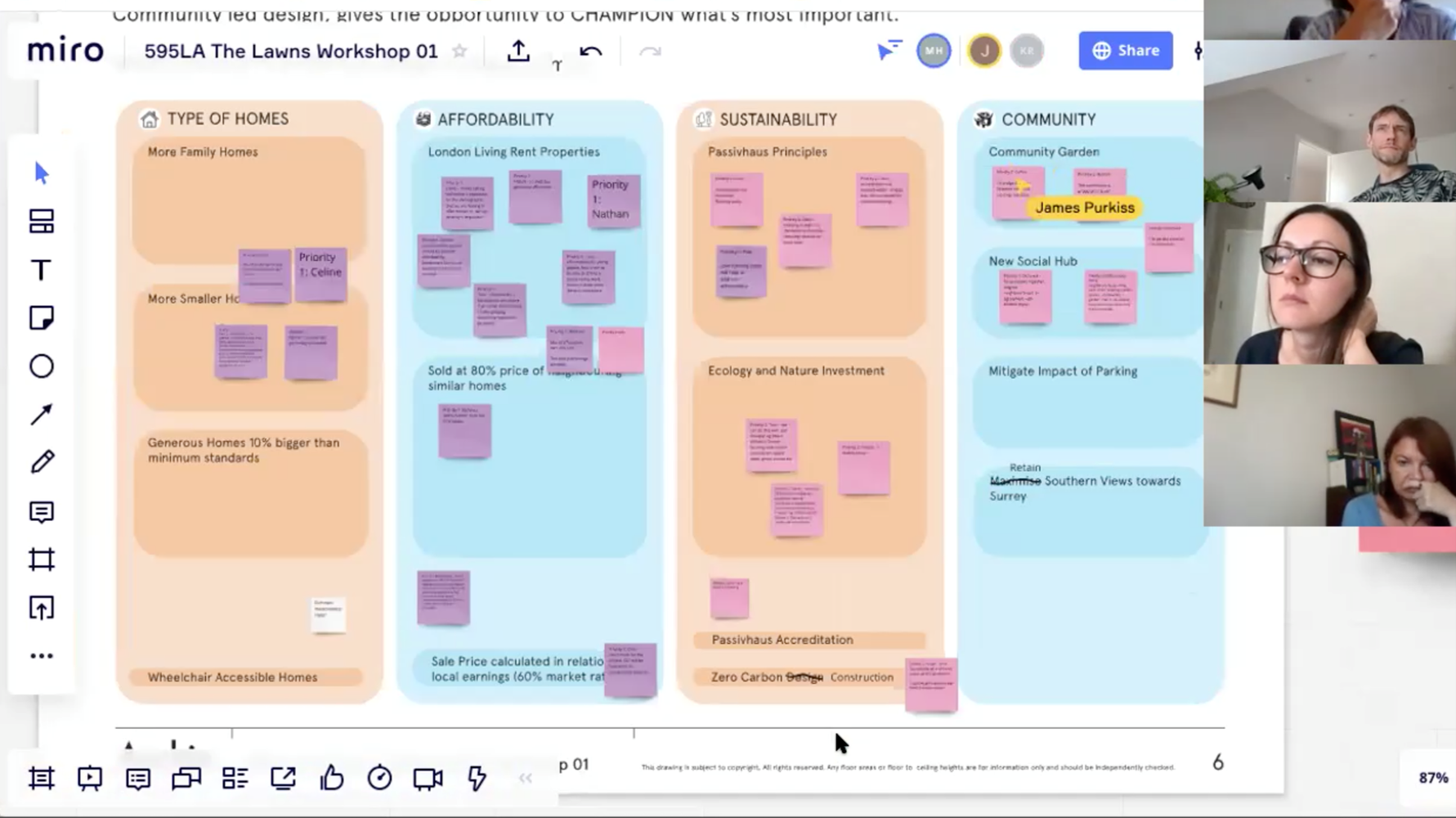Are we all thinking about community engagement the wrong way round?
March 2021
By Kyle Buchanan
What if the emphasis of resident engagement was about drawing on residents’ lived-experience to develop better housing designs and processes, rather than on winning their support to get planning?
Certainly, resident support is important but if we are too focused on receiving positive feedback are we in danger of missing other opportunities?
Oddly enough we’ve had projects in the past where we’ve almost had too much support from residents - the local authority thought something fishy was going on. It wasn’t, it was just unheard of for 107 letters of support for an estate infill scheme. The fact it's surprising for a development to be supported may be a sign the process could benefit from a re-think.
Industries like Product Design and Service Design spend a lot of time mapping and understanding end-user needs, with the aim of solving their problems and improving ‘user experience’. We believe approaching housing in these terms - ie. engaging end-users (residents, neighbours, maintenance teams, etc) from the outset of a project, or better still long before it has begun - can lead to genuinely innovative outcomes.
Housing-led regeneration needs to go further than simply delivering nice looking buildings. In reality most residents aren’t overly fussed about what colour bricks you chose in any case, and we believe much bigger questions can, and should, be tackled as part of the design process.
Here’s a few examples:
• What are the barriers to people accessing quality housing? Are they financial, are they about access to services or access to community and support networks? 99% Invisible recently did an interesting podcast series examining some of these questions in the USA.
• How do people actually want to live? This is something we discussed in a recent piece of research for TfL, due to be published in the next couple of months. One of the things we discuss is a rise in the sharing economy, including co-housing and co-living.
• How can a new development actually solve antisocial behaviour problems in a wider estate? We are working on this question with a South London local authority at the moment.
One thing that has significantly changed for our team this year is a move to engaging resident communities remotely using digital tools such as Miro whiteboards, Zoom break-out rooms and Commonplace.
Whilst there are times when we’ve missed being able to talk to residents face to face, working digitally has provided an opportunity to connect with motivated end-users to interrogate what really affects housing quality for them. Digital engagement makes access easier for some groups, and we have found that it has made engagement events more agile and in some ways more effective.
One of the exciting things about digital engagement is that it makes the process setting up events much less time consuming. This creates the opportunity to do more events over a more sustained period. We think the real opportunity here is for local authorities, housing associations and developers to create sustained and wide reaching resident engagement programmes, and use this to deliver new homes that help solve some of the everyday problems faced by their constituents.
Let us know if you’d like to have a chat about the digital engagement processes we’ve developed or more general engagement strategies. You can read more about what we have been doing with digital engagement here.

Image from Community Design Workshop for Crystal Palace Community Land Trust